Your team building exercise's goals need to be Specific, Measurable, Achievable, Realistic and Time-sensitive. By setting your goals in accordance with this mnemonic device, you can ensure that they are reasonable. Otherwise, they could be too vague and subjective to define if they've been achieved or not, or too lofty and ambitious to achieve at all.
Suggestions
- Establish specific goals. This means that "we will function better as a team" is not acceptable; it is too vague and subjective. Rather, it should be "we will show that our teamwork has improved by quickly navigating a ropes course by pooling our efforts."
- Make the goal measurable. This can refine it more, into "we will show that our teamwork has improved by navigating a ropes course in 10 minutes or less.
- Make the goal achievable. This is why the goal above is 10 minutes, not 30 seconds.
- Make the goal realistic. For example, the above goal is not realistic if some on the team use wheelchairs and are unable to use a ropes course.
- Make the goal time-sensitive. So, "we will show that our teamwork has improved by navigating a ropes course in 10 minutes or less" becomes "in three days, we will show that our teamwork has improved by navigating a ropes course in 10 minutes or less." This forces the team members to work at achieving it in the time frame; otherwise, there is no pressure to achieve as long as they achieve at some point, which is not realistic.
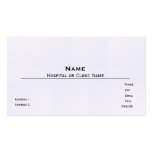

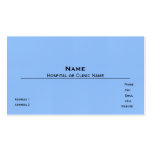
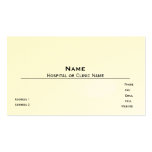
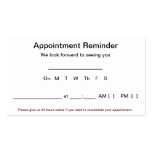
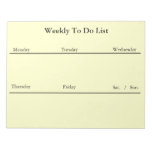

No comments:
Post a Comment